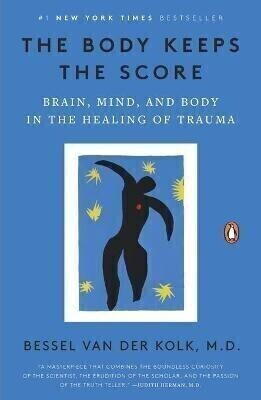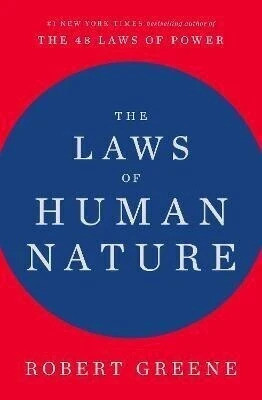
Recusant translators: Elizabeth Cary and Alexia Grey (English, Hardcover, Dolan Frances E.)
Share
Recusant translators: Elizabeth Cary and Alexia Grey (English, Hardcover, Dolan Frances E.)
Be the first to Review this product
₹4,245
₹4,933
13% off
Coupons for you
T&C
Available offers
T&C
T&C
T&C
Delivery
Check
Enter pincode
Delivery by25 Jul, Friday
?
if ordered before 5:59 AM
View Details
Highlights
- Language: English
- Binding: Hardcover
- Publisher: Taylor & Francis Ltd
- Genre: Literary Criticism
- ISBN: 9781840142266, 9781840142266
- Pages: 784
Services
- Cash on Delivery available?
Seller
Description
At a time when England was an officially Protestant country to translate Catholic works, thereby helping to propagate the faith, was a brave act and to actually identify oneself in print, as did Cary, as 'a Catholique, and a woman' was a risky assertion of political opposition. One of Cary's daughters asserts that Cary's translation of Cardinal Du Perron's Reply was largely motivated by a desire to convert scholars at Oxford and Cambridge. With her translation in 1630 she sought to reactivate a polemical war which had peaked in 1616 and she intervened in political debate that was far from resolved, and that would issue in revolution, regicide and restoration in the years to come. Although few copies escaped the burning ordered by Archbishop Abbot, at least ten survive. The copy reproduced here is from Cambridge University. Alexia Grey (baptised Margaret) joined the monastery of the Immaculate Conception in Ghent in 1629 at the age of twenty two or three. Hers was not the first translation of Benedict's Rule but by that time a 'reformation' and more than a century had rendered earlier translations unavailable. Her work was an important contribution to sustaining conventual life for Englishwomen abroad. Grey's translation is sometimes bound, as in this volume, with Statutes compyled for the better observation of the holy rule of S. Benedict. The fine copy reproduced here is from the Downside Abbey in Bath.
Read More
Specifications
Book Details
| Imprint |
|
Series & Set Details
| Series Name |
|
Dimensions
| Height |
|
| Length |
|
| Weight |
|
Be the first to ask about this product
Safe and Secure Payments.Easy returns.100% Authentic products.
Back to top




